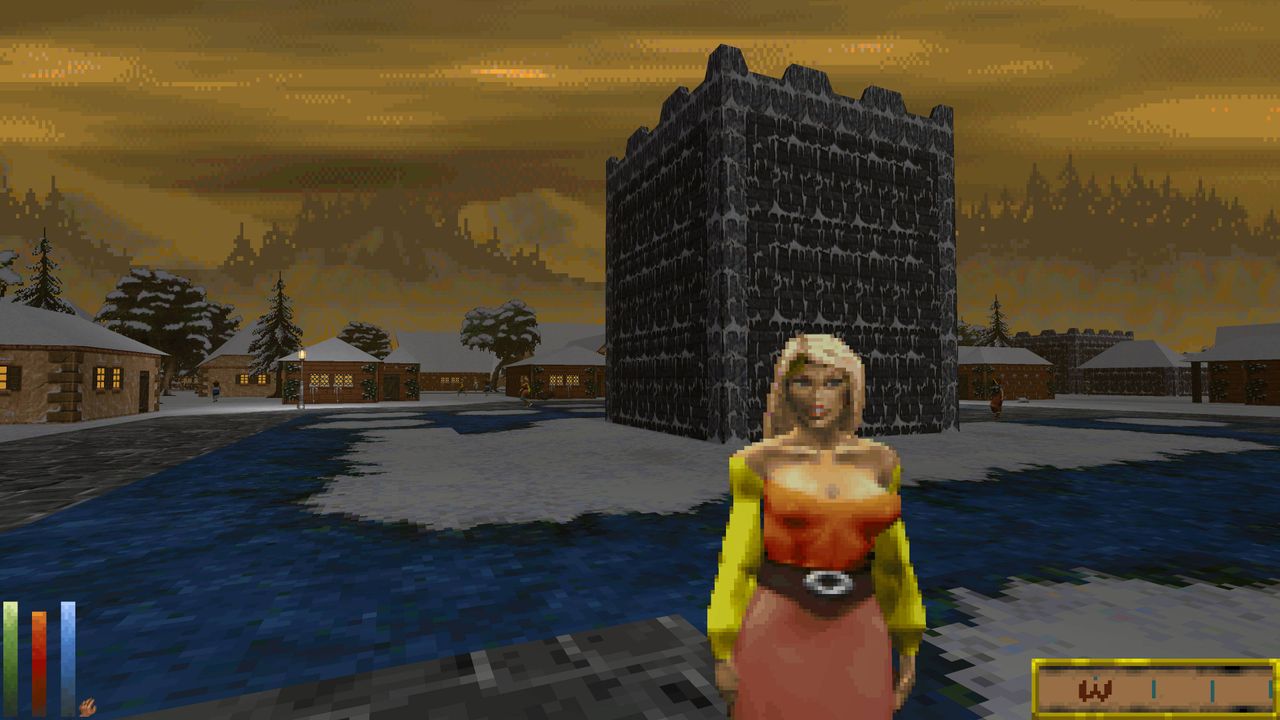The Elder Scrolls has a rollercoaster history with expansions and DLC. Bethesda’s fantasy RPG series has produced some of gaming’s most beloved supplementary adventures (such as Bloodmoon and Shivering Isles) and some of its most notorious DLC fiascos (horse armour). But the series’ affiliation with addons stretches farther back in time than any of these releases—all the way back The Elder Scrolls 2: Daggerfall, in fact.
When Daggerfall launched in September 1996, it had an expansion out of the gate. But this addon was exclusive to copies sold by defunct US retailer CompUSA. Variously known as the CompUSA Expansion or CompUSA Special Edition, it featured 16 additional quests spread across the guilds and temples featured in the game. These quests were subsequently given wider release by Bethesda in a free patch, but they’ve never been added to the official version of the game.
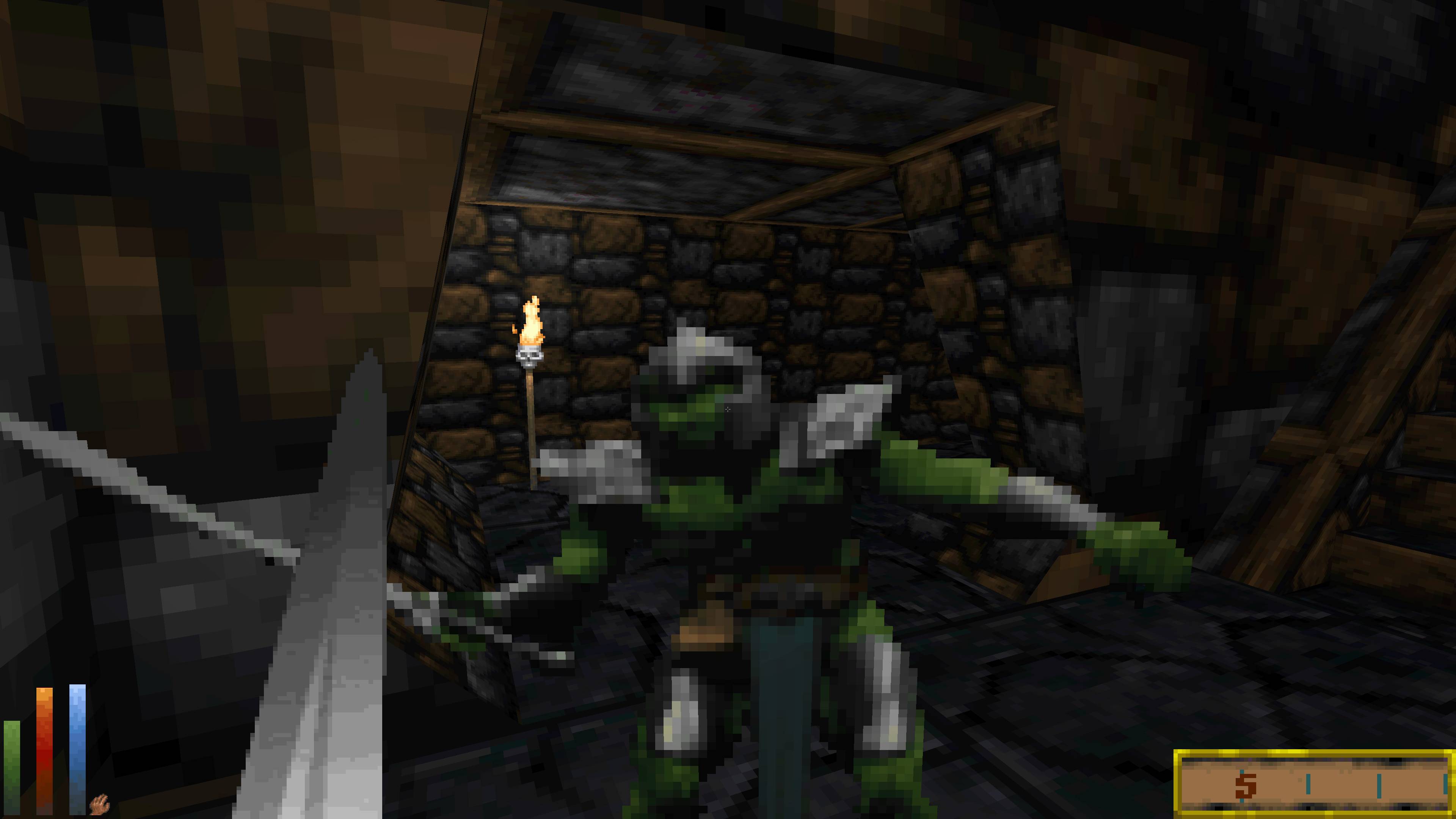
Since it has been freely available for years, the contents of the CompUSA expansion are well documented. But the story behind its origin, design and reception is less understood. We don’t know why it was created, how it was designed, whether it was beloved upon launch, or if it was the horse armour of its day. To find out more about the expansion’s creation, I contacted its original designer, then delved deep into the internet’s past to learn what players thought about it at the time.
The special edition’s quests were designed by Kurt Kuhlmann, a Bethesda veteran who was co-lead designer on Skyrim and lead systems designer on Starfield. Kuhlmann left Bethesda in 2023, and is now the principal world designer at Lightspeed LA. But at the time of Daggerfall’s development, Kuhlmann had only been at Bethesda for a few months. “I was the most junior designer possible at this point,” he tells me over email.
As mentioned, the genesis of the special edition is unclear. According to the UESP wiki, the special edition was created “because the CompUSA brand was known for distributing exclusive versions, and told Bethesda they had no interest in carrying the game unless they received a special version”.
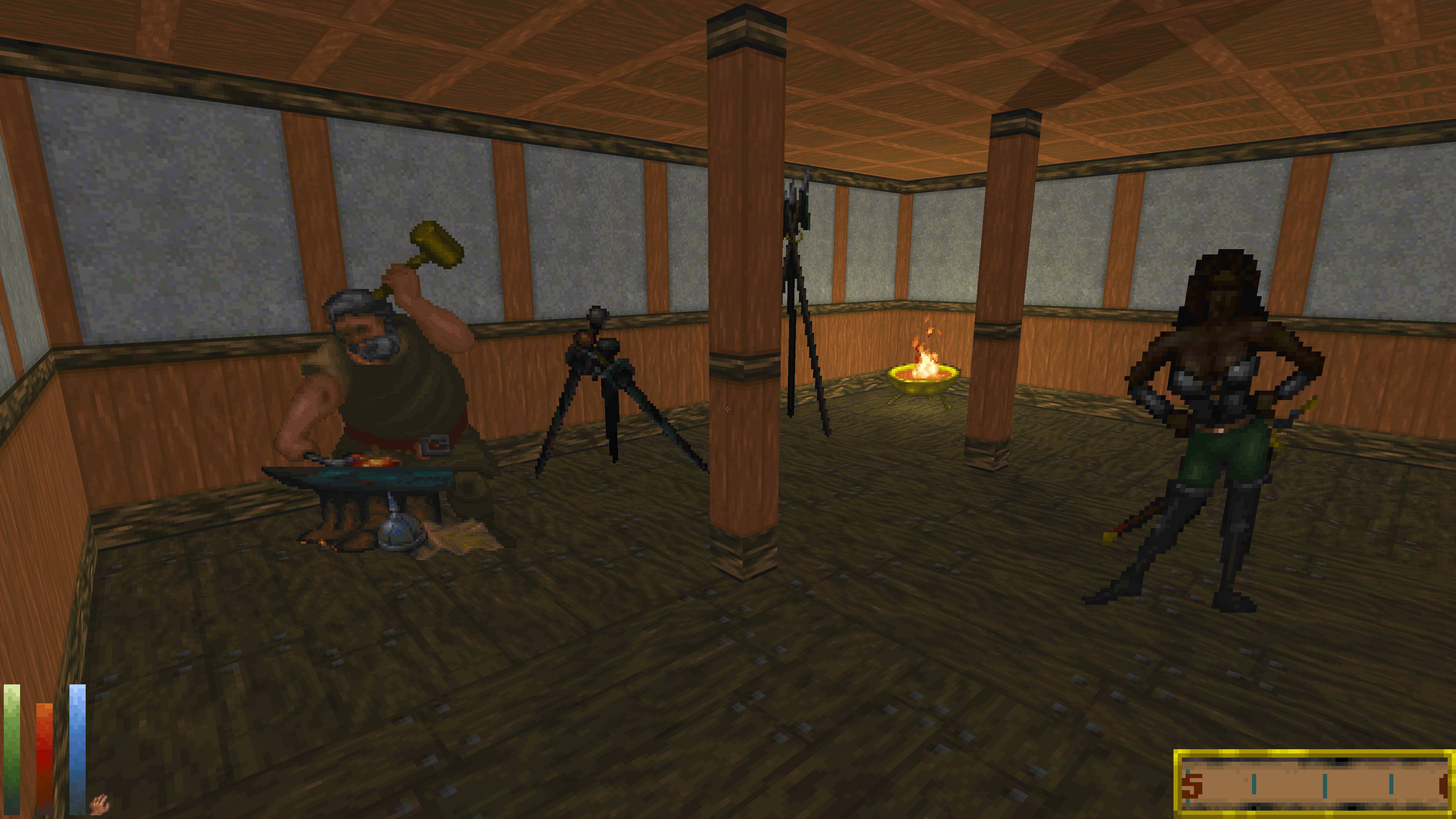
Yet outside of Daggerfall, records of any special CompUSA editions of games are scant, while the UESP Wiki cites no source for its claim that the retailer refused to stock the game unless Bethesda kowtowed to its demands. The expansion’s other wiki page, hosted on fandom, merely notes that CompUSA had more than 200 stores countrywide, and speculates that “it may be possible Bethesda tried to encourage sales and popularity at these locations through a ‘special edition’ of Daggerfall”.
Since Kuhlmann was a junior designer at the time, he stresses that he “didn’t have much insight into company-level decisions”. But he recalls Bethesda’s end of things thusly: “My understanding is that marketing made deals like this with various retailers that if we provided special content, we would get special promotions in their stores.” This would apparently include “endcap placement”, i.e. placing the game on the end of a shelf facing the storefront, so buyers would see it as soon as they walked in.
Kuhlmann says he has “no idea” if such special editions were commonplace at the time. To his recollection, though, this is the only such arrangement that Bethesda ever had. “I’m not sure why this was the only deal like this we made—maybe the company decided it wasn’t worth it (it must have been some amount of trouble not just to create the content, but to also create custom boxes just for CompUSA).”
Quest log
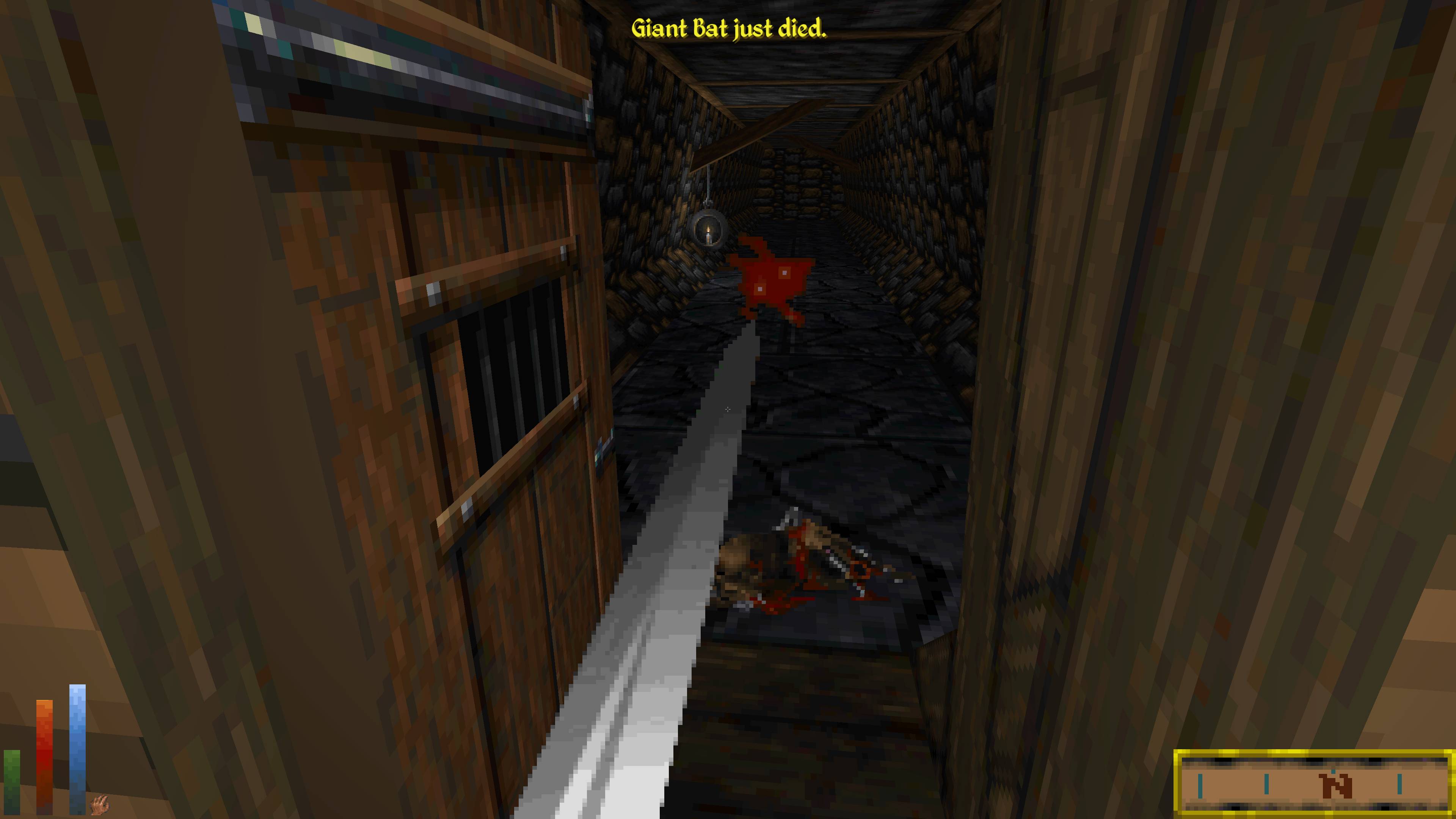
However the deal came about, Kuhlmann didn’t have much time to create the expansion. He was hired by Bethesda in May 1996, while Daggerfall released on September 20. Kuhlmann doesn’t recall the exact timeframe of the expansion’s development, but based on how long he’d been at the company, he estimates it wasn’t very long. “Likely we’re talking about a timeline of weeks, not months.”
Despite the short turnaround, the 16 quests added in the special edition are not throwaway affairs. They vary significantly in their concept and design, and in some cases are highly involved relative to the rest of the game. The expansion adds six Fighters Guild quests, five Mages Guild quests, two Thieves Guild quests, two temple-related quests, and one quest for the Knightly Orders—a regional congregation of knights found across Tamriel’s Iliac Bay.
Moreover, several of these quests are connected into multi-arc storylines with player choices built in. The missions added to the Fighters Guild include a three-part questline where you must choose between assisting lord Ka’var in his plans to seize the throne of Sentinel, or help the reigning Queen Akorithi dispose of this troublesome lord.
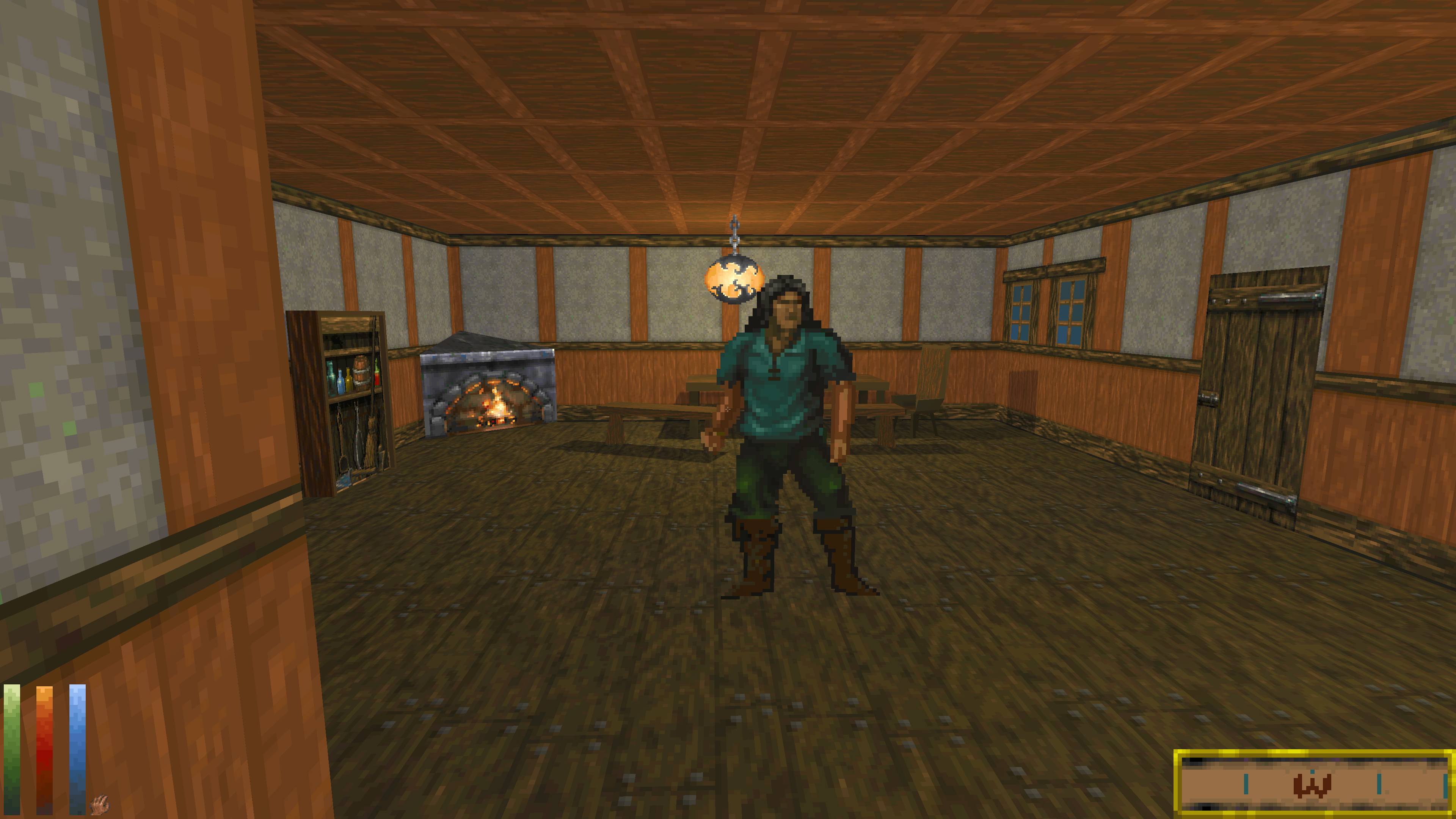
The Mages Guild likewise features a three-part questline, this time revolving around the renegade sorcerer Baltham Greyman. Here, players must decide whether to execute Greyman on behalf of the guild, or help him find a magical item in Direnni Tower, purportedly the oldest building in Tamriel. “I think the Baltham Greyman quests were a lot of fun to put together (also an example of stringing quests together with a continuing character, which I liked),” Kuhlmann says. “It was fun having him chatter while he was going through a dungeon with you (in the very limited Daggerfall manner).”
Outside of the main quest, these are some of the only examples of missions with branching storylines in Daggerfall. Kuhlmann was able to create these because he’d quickly familiarised himself with Daggerfall’s mission designer. “At that point I was probably the expert within the studio at the extremely primitive and arcane Daggerfall ‘quest editor’,” he says. “As I recall, it was a DOS program, very much not user-friendly, and how it worked was something like it simply progressed down a list of ‘instructions’ from the top to the bottom.”
This is why there are so few branching quests in Daggerfall. “Branching was difficult, as was connecting the outcome of one quest to another. But I had figured out how to do both so that was what I was focused on doing, since (again, in my fuzzy recollection) we hadn’t really done that kind of thing much in the main game.”
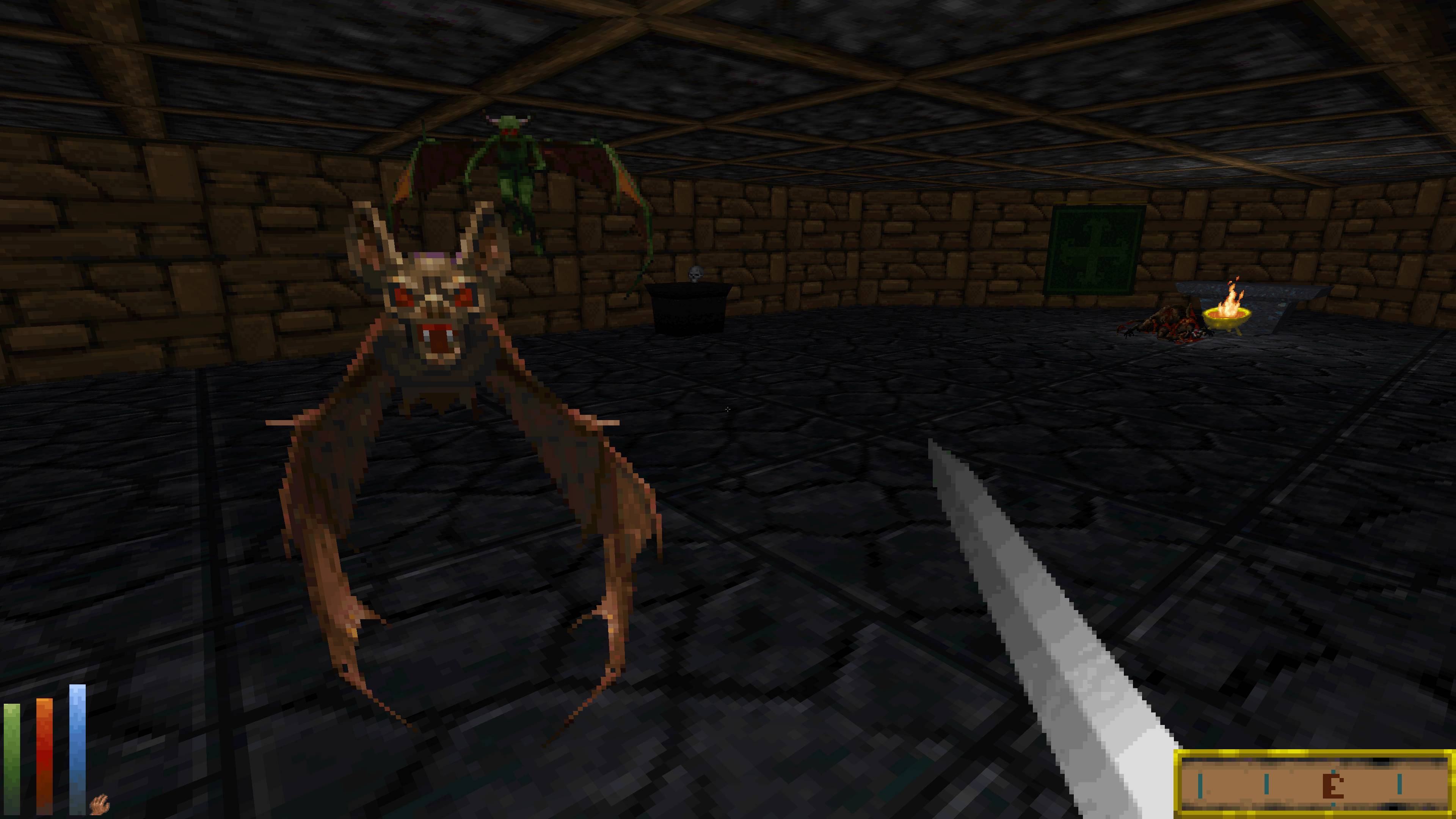
The CompUSA Special Edition launched concurrently with the base game, arriving on its own special disc with phrases like “Free CompUSA exclusive” and “FREE! Additional Artifacts and Quests” printed on the CD. Yet while we know Daggerfall itself was a huge success for Bethesda, both critically and commercially, what was the response to this official addon that could only be found in one US store chain?
Kuhlmann, unfortunately, has no memory of the expansion’s reception. Indeed, he doubts whether many people knew about it at all “since it was only available from one retailer”. Yet while we don’t know exactly how many players knew about it, we can show that some certainly did. Moreover, we can track their reactions to the CompUSA expansion over the course of Daggerfall’s launch.
This is possible thanks to existing archives for Usenet—a loose collection of Internet-based discussion groups which predate the World Wide Web and which continued to be used for decades afterward. There are various Usenet archives across the web, including an extensive collection of discussions housed in Google Groups.
Digging through the past
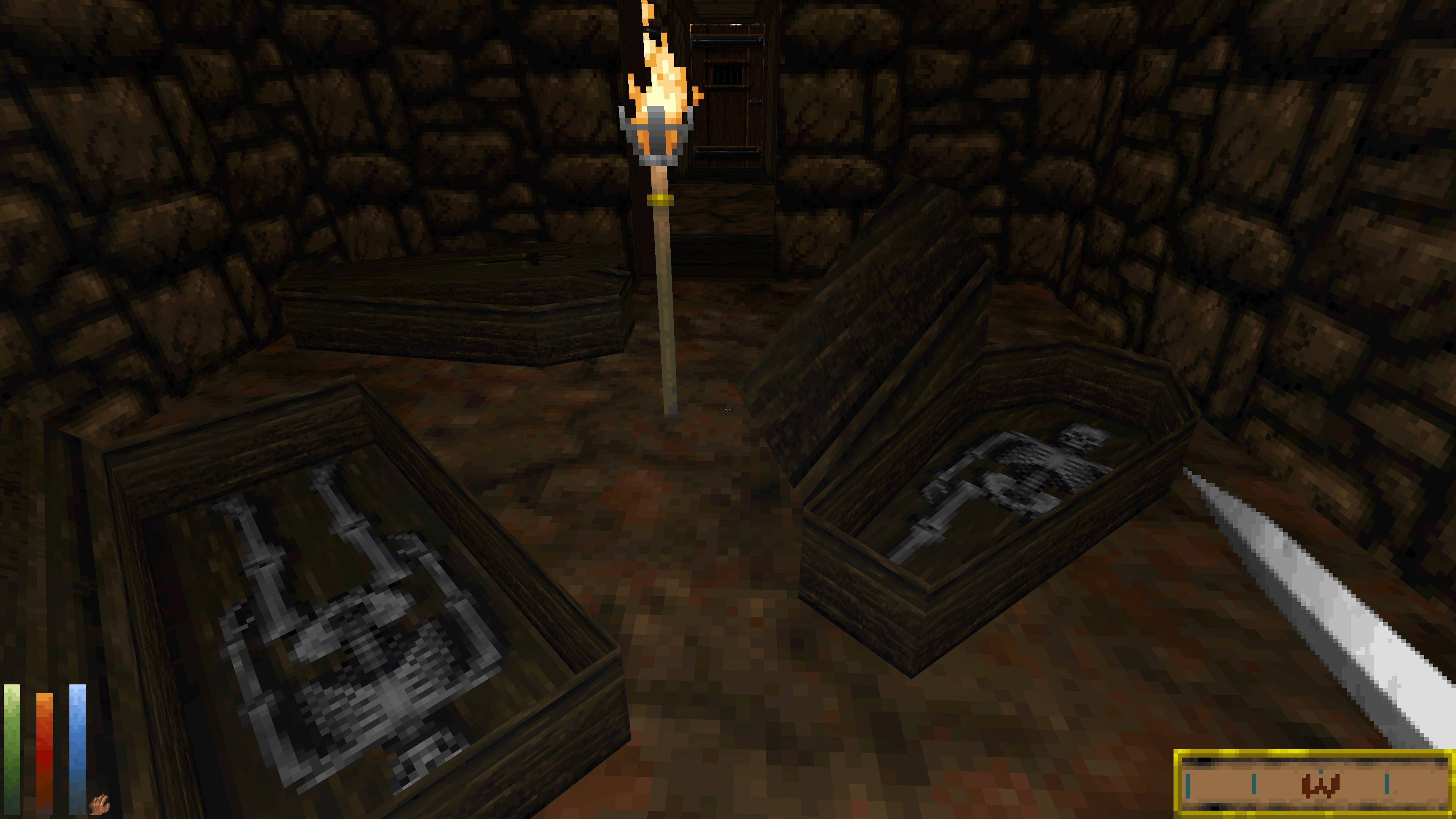
Searching these for ‘Daggerfall CompUSA’ yields just over 500 results. Most of these derive from the Usenet group comp.sys.ibm.pc.games.rpg. The discussions provide a comprehensive view of the Daggerfall launch period, and users’ reactions to the CompUSA Special Edition.
While there’s chatter about Daggerfall and CompUSA in the runup to launch, we’ll start with the release itself. On September 20 1996, user Timothy Witter wrote a post titled “Daggerfall is at CompUSA!!!”. “I just picked up Daggerfall at CompUSA here in Columbus, [Ohio]…the shelves are stacked!” he writes. A day later, Clad…@netzone.com is one of the first users to query the store-specific nature of the CompUSA version. “I was looking at Daggerfall at Comp USA, on the box it says “CompUSA EXCLUSIVE! FREE ADDITIONAL ARTIFACTS & QUESTS.” My question is this…What are these additional items? Is it worth it to buy at compusa to get these things? Anyone know anything about this?”
As news of the CompUSA version spreads, the questions begin to turn into opinions. On September 26, in a thread titled “Daggerfall: CompUSA and musings”, user Todd A Carter writes: “Creating a special “enhanced” version of Daggerfall for one particular store (CompUSA, for the uninitiated) sucks. Especially for those of us who bought it elsewhere.” Following this, user Nunya@m.f replies “I will NOT buy Daggerfault because of this marketing strategy….What a crock of shit.”
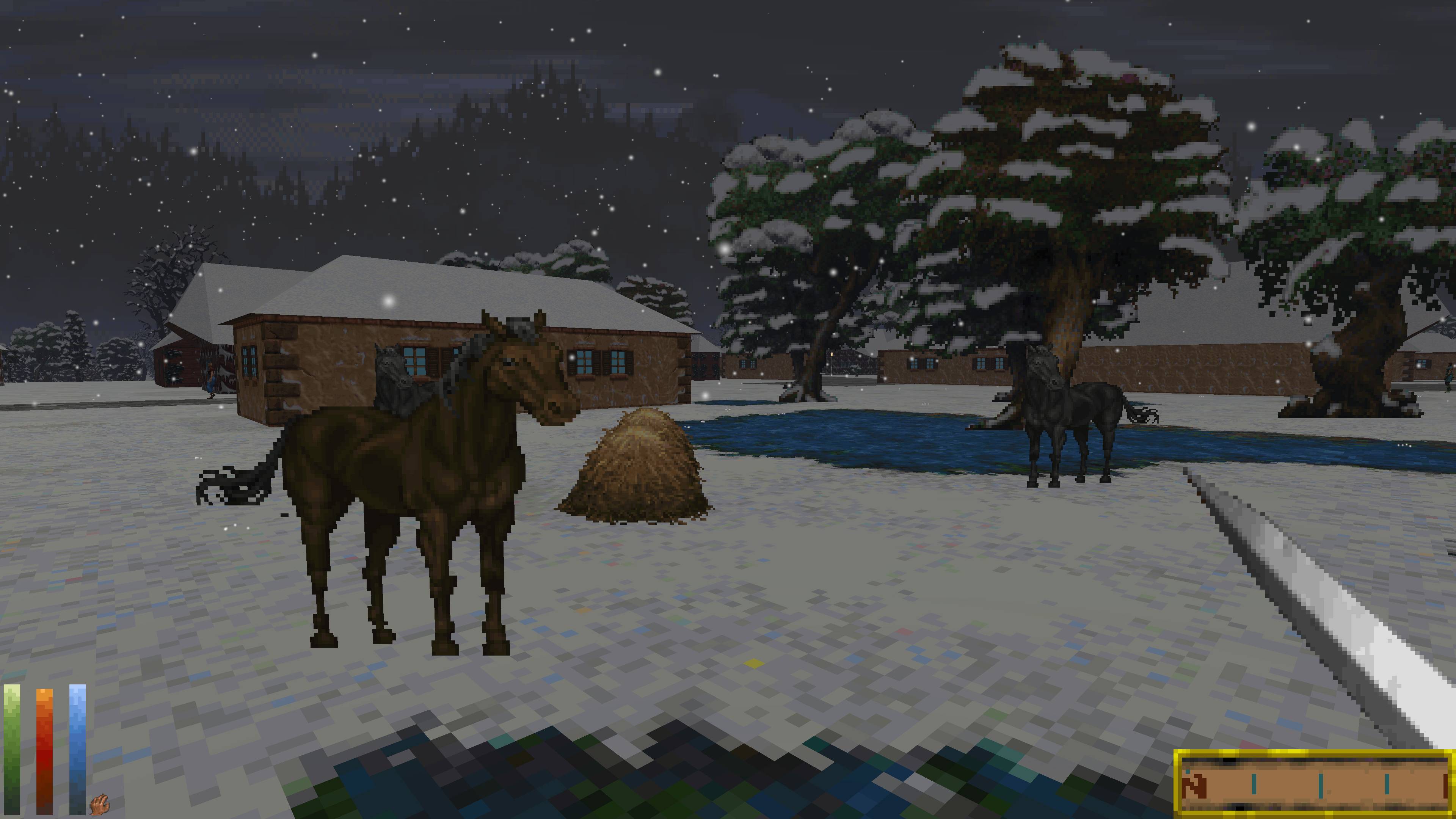
Not every post is hostile to the CompUSA version. On September 27, user ron…@eden.com started a discussion titled “Daggerfall: CompUSA version—brilliant idea!”, in which they write: “Having worked for a computer superstore at one time in the distant past, it occurs to me that the special CompUSA version is actually one of the smartest things possible for CompUSA and Bethesda to do. The differences in the game are very minor, but I purchased the game at CompUSA. I didn’t want to be left out.”
Overall, though, the responses that share an opinion on the expansion’s exclusivity lean toward the negative. One user named after the Stephen King character Randall Flagg pre-ordered the game and was then dismayed to discover a retail version that had additional content. “This really pisses me off. Here I am giving Bethesda business by taking the time to pre-order from them and I get an incomplete game.”
There are also complaints from players who purchased a Limited Edition of Daggerfall. This cost around $100 according to various users, and came with a t-shirt, a “World of Tamriel” mousepad, and a poster. But it didn’t feature the CompUSA quests. “Think how I as a LE-customer feel: pissed off for spending 150 US$ (shipping) on an incomplete game,” user Lars Deutsch laments.
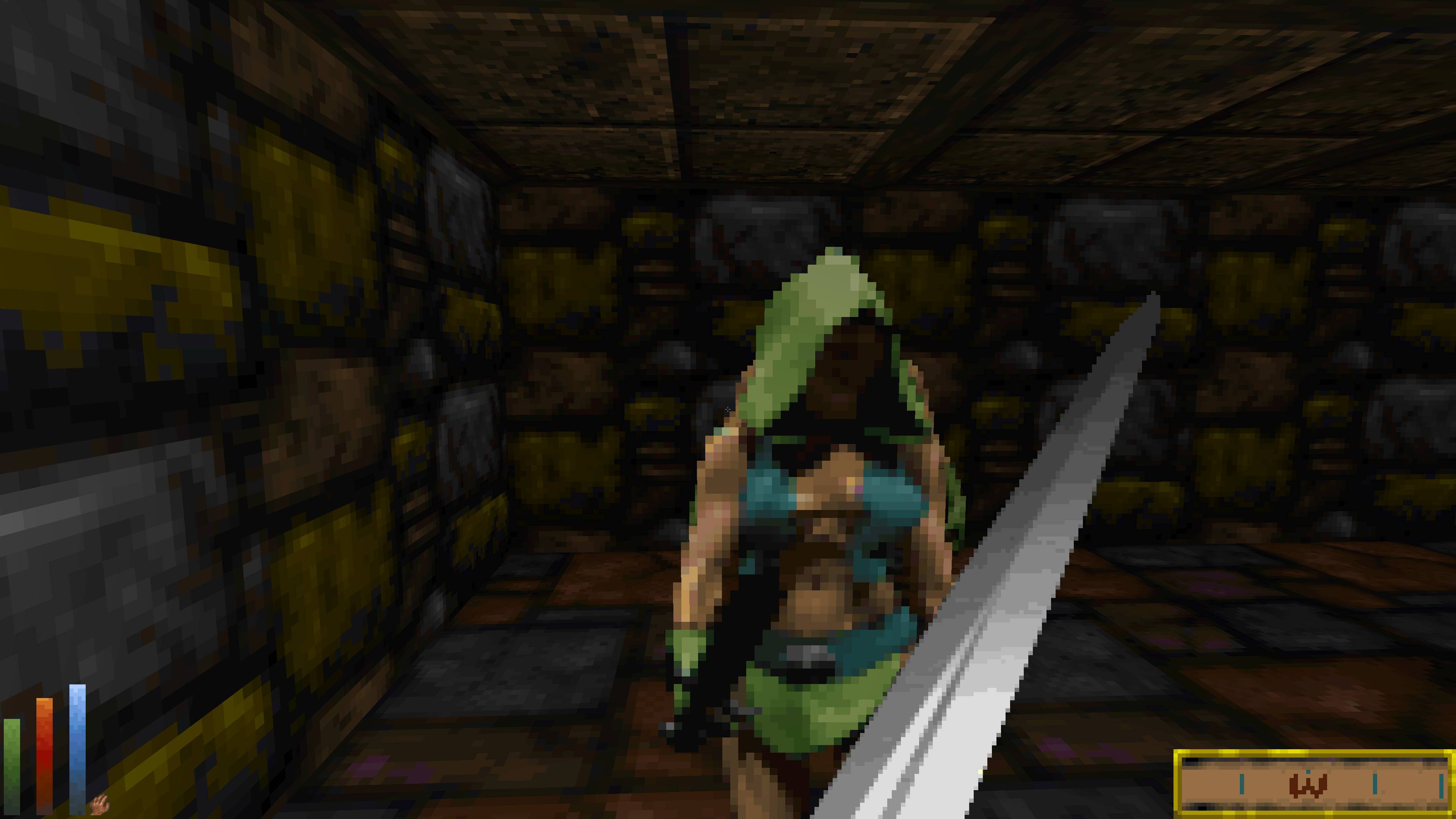
One of the most interesting posts is written well after launch. On December 28, user Jerry Caveney corrects another user who claimed there was no special version of the game. “CompUSA does have a special version, they still advertise it, and Bethesda got a lot of flack for agreeing to this,” he writes. It gives us a sense that the discussion ran wider than what the Usenet archives show, and that it was still in players’ minds months after the launch.
But did this apparent fallout influence Bethesda’s decision to release the additional content in a patch? Well, it seems that Bethesda always planned to distribute the extra quests more widely. Writing on September 26 in response to Todd Carter’s post, Robert Berryhill writes. “I read in a new game magazine (I think) that they will post the ‘extra’ stuff to their website in a few months.” Given the weeks-long lead times on magazine publication, Bethesda would have revealed this information well before Daggerfall’s release date.
Nonetheless, it appears Bethesda did feel the need to clarify the situation to befuddled Daggerfall fans. On September 28, user Clark S. Smith claims to have received a communication from Bethesda, which states “Yes, CompUSA does have a retail version of the game that includes additional quests and artifacts. However, don’t fret if you didn’t buy it from CompUSA, as we plan to let others get these quests/artifacts by other means in the near future.”
Sharing is caring
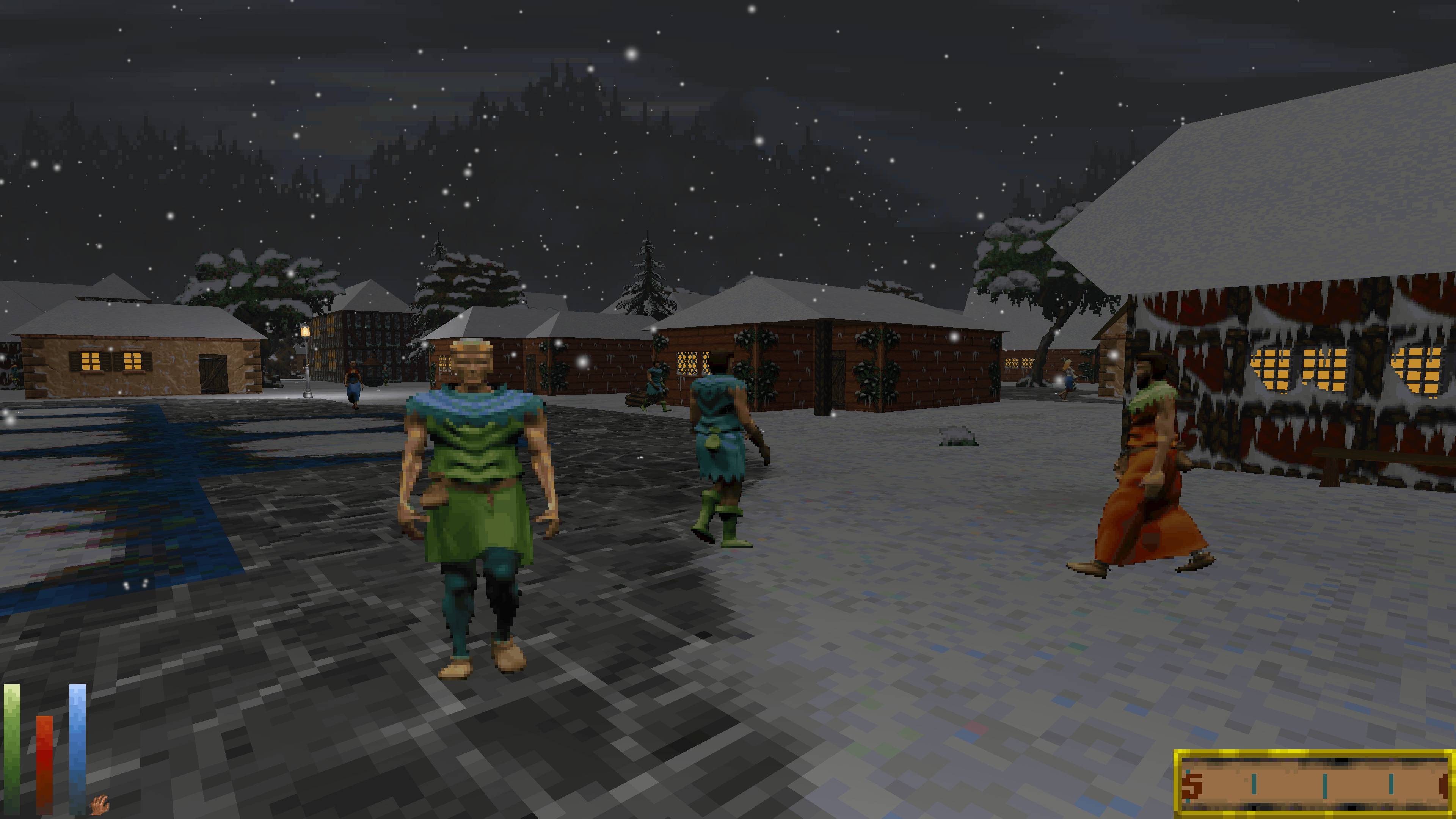
There’s also one other intriguing wrinkle regarding the patch. On October 4, user MoJo proclaims that the “DAGGERFALL PATCH IS AVAILABLE!”. But apparently, this patch didn’t contain the extra quests. In an addendum to his post, MoJo writes “P.S. if you bought your game someplace other than CompUSA, the ‘extra’ quests and artifacts are available on Compuserve (GO BETFORUM) and AOL. These haven’t been made officially available by Bethesda (contractually I guess they can’t do it yet) but helpful customers have uploaded them to these services.”
So it seems users were uploading the CompUSA version’s quests well before Bethesda made them officially available. More than that, there are hints Bethesda allowed them to do this. Several days prior to MoJo’s post, user Sinslpmn replied to a thread stating “I know that on AOL, yes, some of us use AOL, the rep from Bethesda will let someone upload the missing files from the un-CompUSA versions.”
Overall, then, it appears players were generally displeased by the exclusivity deal between Bethesda and CompUSA, and while Bethesda always planned to release this content for general consumption, it turned a blind eye when players uploaded it prematurely. But what did players think about the quests themselves?
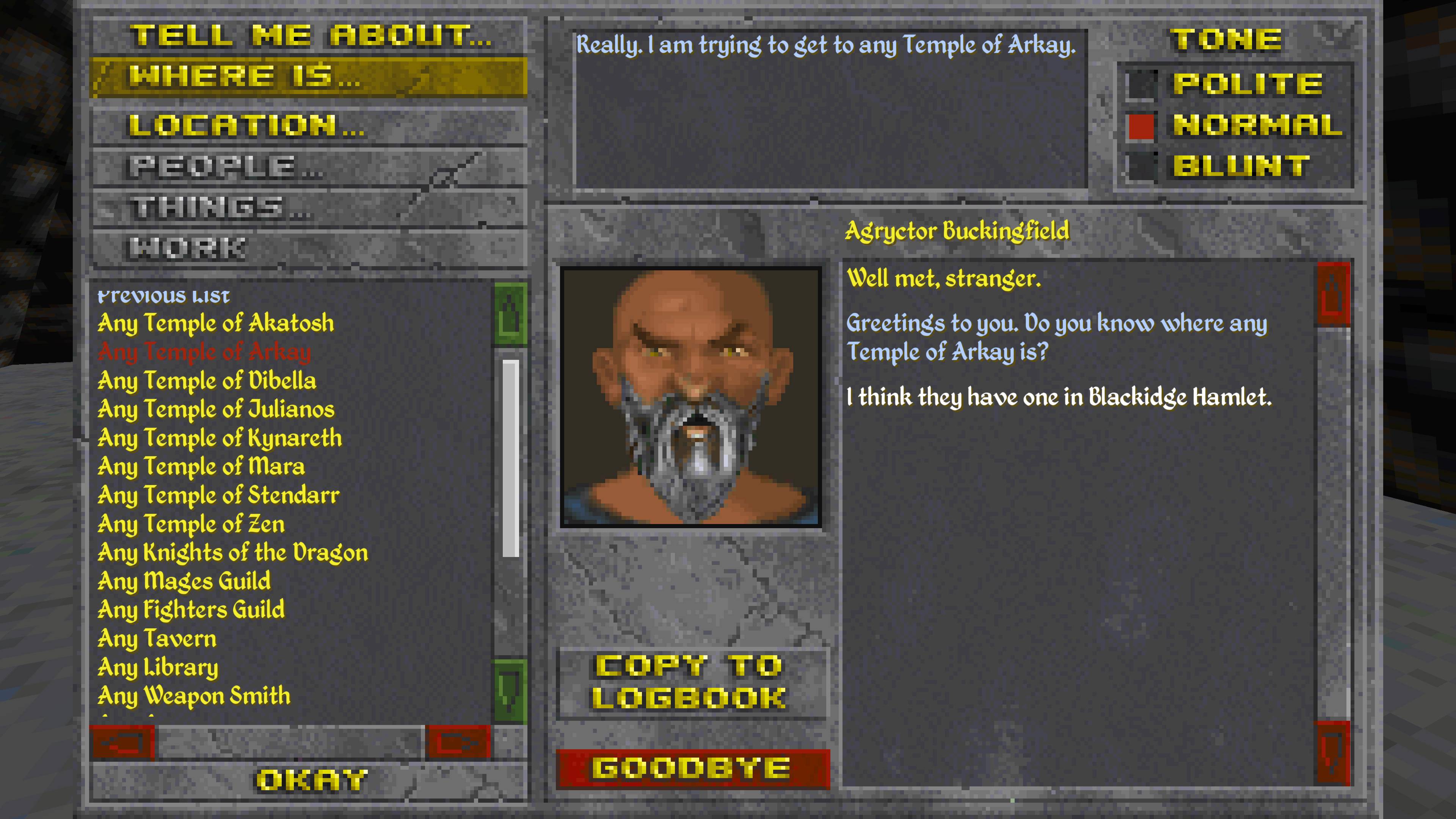
Here, there’s less information. But a few users do comment on it. On October 26, user Nancy Walsh replies to a query over what the CompUSA version contains with “I’ve done the ‘fetch the tiger’ quest—and it was fun. Darn thing bit me three times before it started listening to the bell.” Meanwhile, responding to a separate thread on October 29, user James Rosinksi comments, “The CompUSA quests are some of the interesting random quests in the game,” before adding, “Shame on Bethesda for keeping them out of the general release.”
So in a way, the Daggerfall CompUSA edition was the horse armour of its day, causing a ruckus by offering extra content in a manner players felt was unfair. But unlike horse armour, the reason players were frustrated was because of the expansion’s high quality, rather than its low quality.
There is one last topic the archives shed light on that should be noted. Several posts mention special editions of games that appeared at other stores, such as a special edition of Lemmings at Electronics Boutique. So it does seem that this was a trend within US retailers at the time. But there are also more specific claims about how the Daggerfall special edition came about.
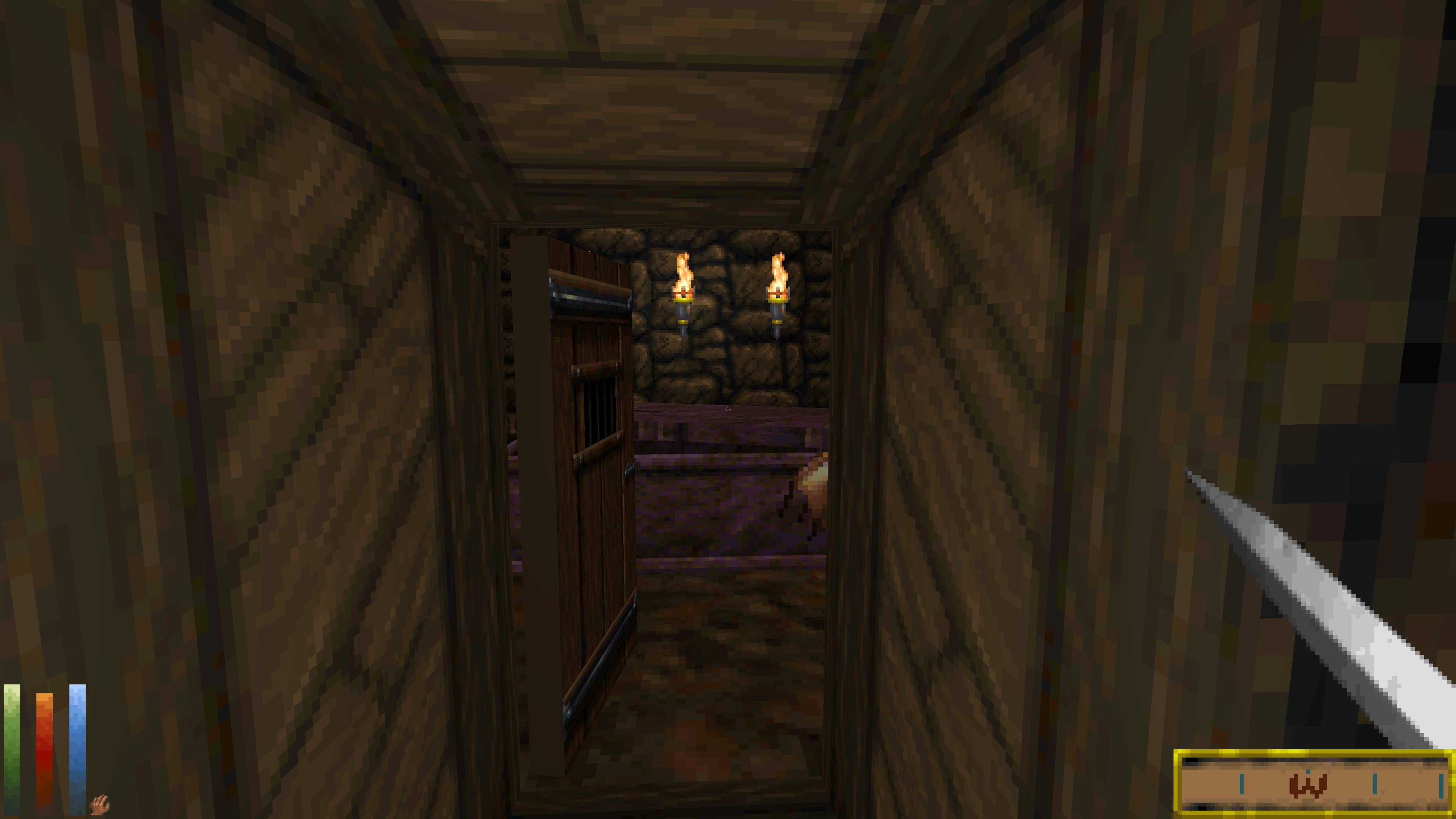
On October 3, user Sith Dragon made a post titled “CompUSA Game Stocking Practices”. In this, they state, “According to the Bethesda rep on AOL, the reason why CompUSA has a special edition is because they would refuse to stock the game at all if Bethesda didn’t make that concession to them.”
This backs up the claim made by the UESP Wiki, namely that CompUSA twisted Bethesda’s arm into making the special edition. To be clear, this is not confirmation that CompUSA pushed Bethesda into making the expansion—Sith Dragon claim can’t be verified, but it does demonstrate that people were under the impression that CompUSA pressured Bethesda at the time.
Today, the Daggerfall CompUSA edition may be little more than a footnote in Bethesda’s vast library of works. But it is nonetheless an important moment in the studio’s history. Kuhlmann says his work on the expansion informed his later approach to designing other additional content for Bethesda’s games.
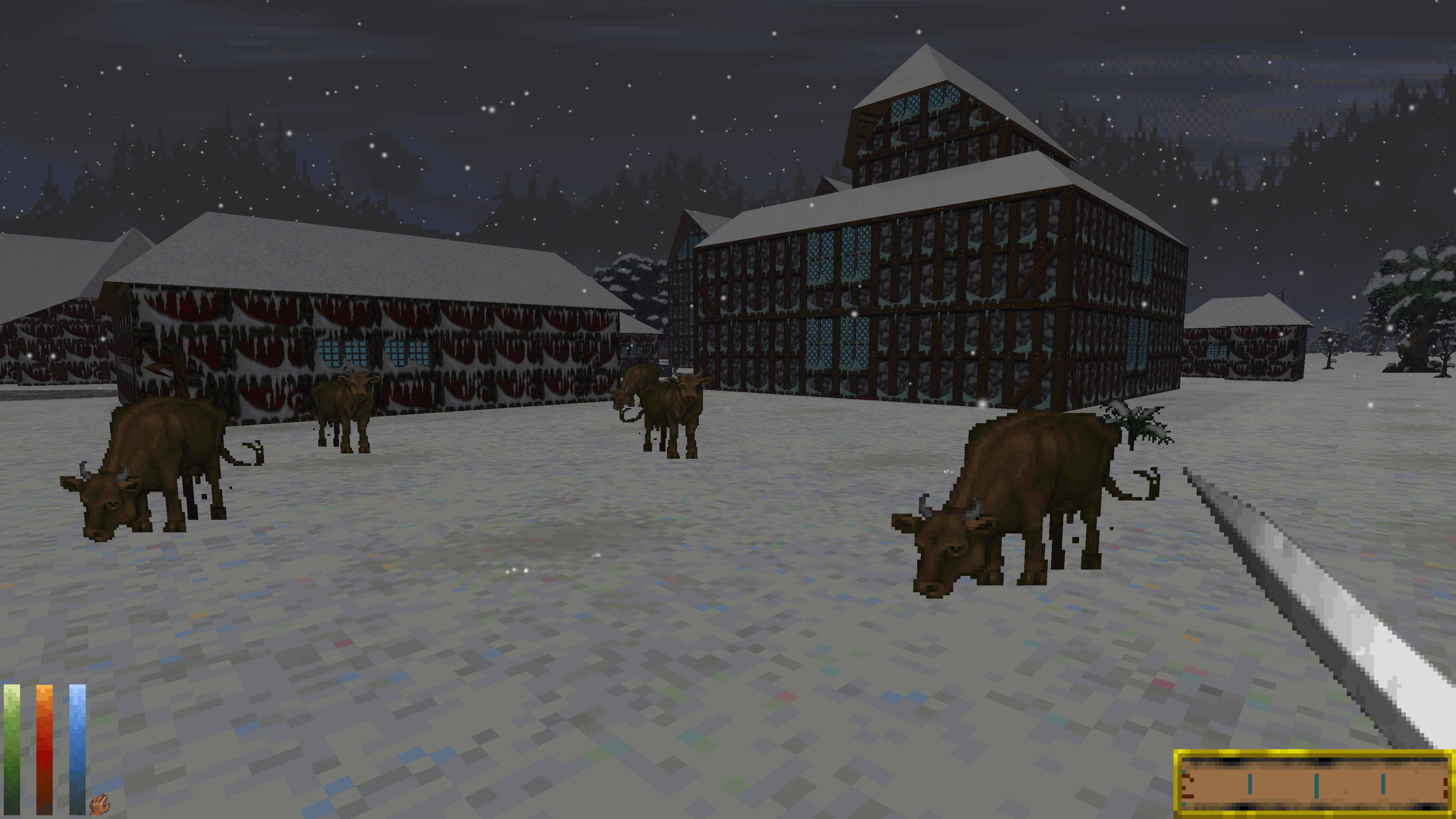
“In a very general sense, this was my first experience of how much fun working on DLC could be, you are at the peak of your skills with the tools; and you are very aware of ‘missed opportunities’—things that you wanted to put in the main game but ran out of time to add, or didn’t realize how to do something until it was too late to add content. DLC like this is often some of the best content in terms of filling in gaps, and taking advantage of ‘neglected’ features of the game’s toolset.”
Moreover, the way the expansion was viewed and discussed shows how little the relationship between players, developers and publishers has changed. While Steam and social media may have made conversations between players and developers louder and more prevalent, the tensions, the debates, and the sore points remain largely unchanged from what they were almost 30 years ago.
